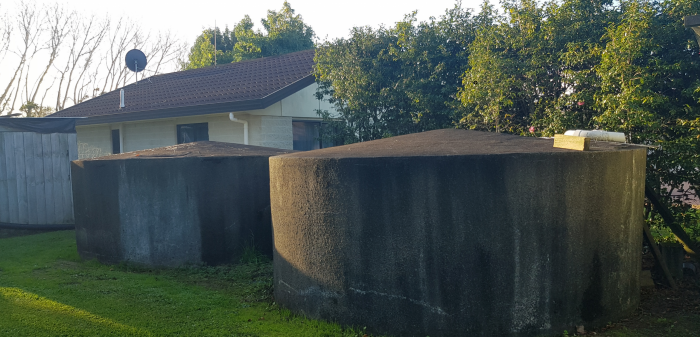Taylor Fascia gutter leaks:
General note: This webpage shows some common deficiencies with Taylor and Klass style Fascia gutters.
Taylor Fascia (and Klass Fascia) are responsible for unexplained leaks coming out ceiling down lights and water dribbling out of windows. Even with large soffits. The defect is the Taylor and Klass fascia design puts the gutter on top of the soffit so any defect leaks into the building. In heavy rain, or when gutters are blocked, or installed poorly, or age, water overflows and runs onto the soffits (if there are any), gets into walls and wets them. What you see coming out the down lights or windows is but a small part of the full wetting inside the walls.
Wet walls can wet the carpet, GIB and insulation. You may even see these immediately after rain.
The bigger concern which could end up costing a lot of money is wet walls could mean the framing is decaying. If your home was built with H1 timber or Kiln Dried framing it won't have resistance to decay.
Moulds could also be growing inside the walls. The insulation could also be wet resulting in colder rooms. Many homes we visit have decay at the ends of window sill liners, swollen skirting boards and damaged carpet. GIB linings may be wet and soft.
Excessive mould can develop into health issues especially those with immune deficiencies and asthma.
Explaining some of the typical defects
I include some photos and explanations showing defects with Taylor and Klass style Fascia. Keep an open mind as most Taylor Fascia installations have more than one defect. If you have experience with different defects please send your story so I can add them to the list so everyone gets the message.
Has the Taylor Fascia already caused damage to your home.
Before we go any further I want to drum in this message. Your first consideration must be: 'has the building been damaged'.
You may have only just discovered your Taylor Fascia is defective. Your home may already be 20 years old so could have been leaking all that time. Framing hidden inside the walls could already be decayed.
You may have already tried some things which have not worked. Now you are searching for better advice. The first step is to get Invasive Tests done to check the condition of the timber framing hidden inside the walls.
We install moisture probes. See www.moisturedetection.co.nz/services/moisture-probe-system/. The Invasive Testing will determine whether work is required to fix the flooring, framing, insulation, GIB and window liners.
Invasive testing will also find out whether you are lucky and the framing is properly treated and not decayed. This has a big bearing on what repair options you need to consider to keep your home safe and healthy. RotStop treatment can be added to kill decay and prevent further damage.
Is the Taylor Fascia actually worth repairing?
The adage is 'the only good Taylor Fascia is the one on the trailer going to the tip'. If the Taylor is rusting or has too many defects and approaching the end of its life it may be best to cut it loose. Spending good money on something beyond repair is not good planning. So once you have the invasive test results and have confidence in the condition of your house you can then start investigating how wrong is the Taylor Fascia gutter system. Repair or replace. Its your option. It will depend on what the best cost benefit is for you. If you are to replace it install an external gutter.
Many Taylor can be remedied with overflows, riveting the gutter, tidying up corners, resetting the gable under flashings and installing stop ends.
Monitor afterwards.
Decisions made, repairs made, so now its time to monitor. The only good repair is a successful one. Have the walls dried out? Has decay stopped? How will you know unless you installed moisture probes and have them monitored.
Its all too easy for a contractor to tell you 'she'll be right' but that is the oldest saying in the book. This time you must know and must have proof. Probes don't lie.
Good planning. following processes, providing specifications and warranties have little bearing on what actually happens during heavy rain and as your building ages. Builders are liable for 10 years. But what are they liable for if they don't use the probes? You won't know one way or the other even with the warranty in your hand.
You got to this position because the building industry does not monitor itself. Your problem is the consequence. Ask yourself 'the Taylor system is so blatantly defective how the hell did it get accepted by builders in the first place'.
Same question should be asked about H1 and UTKD. They certainly have no place in external walls of homes. Give yourself a leg up and get the tools to monitor so you can prove to yourself that your walls are no longer getting wet by Taylor Fascia.
Otherwise next rain all you'll be thinking 'is it getting in again'.
Taylor Fascia does not comply with the building code
Never did, never will. Emphatic no.
The building regulations are based on performance codes. Weathertightness is based on External Moisture E2.3.2.
E2.3.2 Roofs and exterior walls shall prevent the penetration of water that could cause undue dampness, or damage to building elements.
The operative word is 'COULD'.
Compliance is meant to mean roofs and exterior walls shall be built so they could not leak.
Councils should have rejected building consents that included Taylor and Klass because they have at least 15 defects why they 'could' leak and drop water onto soffits and into walls to wet framing, insulation and cause decay, rust, mould loss of insulation, damage to GIB, flooring, skirtings and carpets.
This is another of the building industries big 'Oops' moments. No matter to them as after 10 years no-one can claim. Scott free so to speak.
Your problem to deal with this legacy. Added to this is framing that decays, underlay sagging, tiles leaking in wind driven rain, inadequate down pipes, inadequate valleys and gable under flashings.
You are not alone. Industry claims Taylor and Klass has been installed on about 200,000 homes without any testing of any sort. Council does not want to talk about the Elephant in the room. Neither does BRANZ or the Government. Yet together they are the regulators and wrote the building code using the word 'could'.
They have no interest in monitoring or Invasive testing as they know what trouble you will find. But you need to so you know what must be done.
Imagine if Taylor was Toyota, or Nissan, or Honda, or any reputable manufacturer. They would have recalled them and upgraded them into external gutters.
If you are thinking of recladding this is one of the first products that goes into the skip bin. Not the only one I may add.
Photographs of common defects

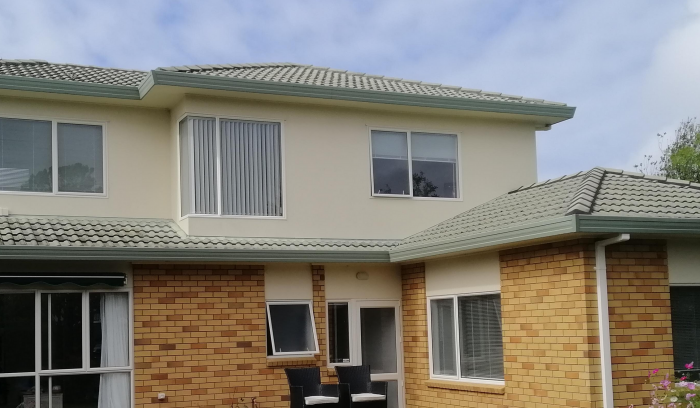 Taylor Fascia and Klass style Gutters Overflows (Weathertightness) (Leaking ceilings and windows)Deflecting overflows outside the soffitEnquire...
Taylor Fascia and Klass style Gutters Overflows (Weathertightness) (Leaking ceilings and windows)Deflecting overflows outside the soffitEnquire... logo
logo
 Taylor Fascia Guttering System Defects Photos Folder
Taylor Fascia Guttering System Defects Photos Folder 02 Taylor Fascia Detail Leakage
02 Taylor Fascia Detail Leakage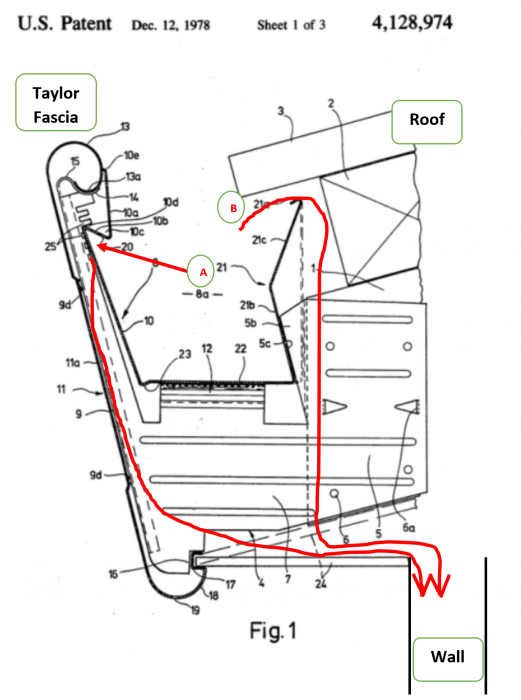
 Taylor Fascia blocked and poorly installed
Taylor Fascia blocked and poorly installed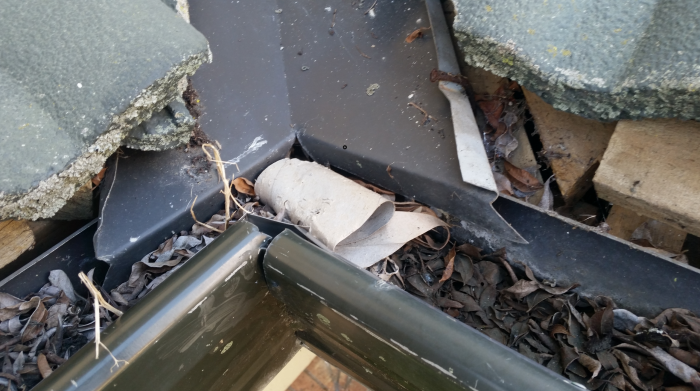
 Taylor Fascia blocked overflow blocked
Taylor Fascia blocked overflow blocked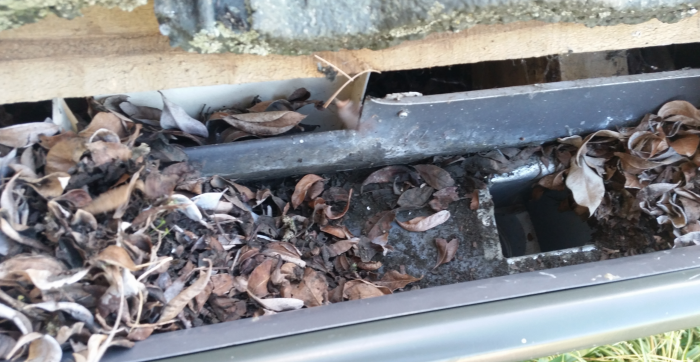
 Taylor Fascia gap between gutter and corner
Taylor Fascia gap between gutter and corner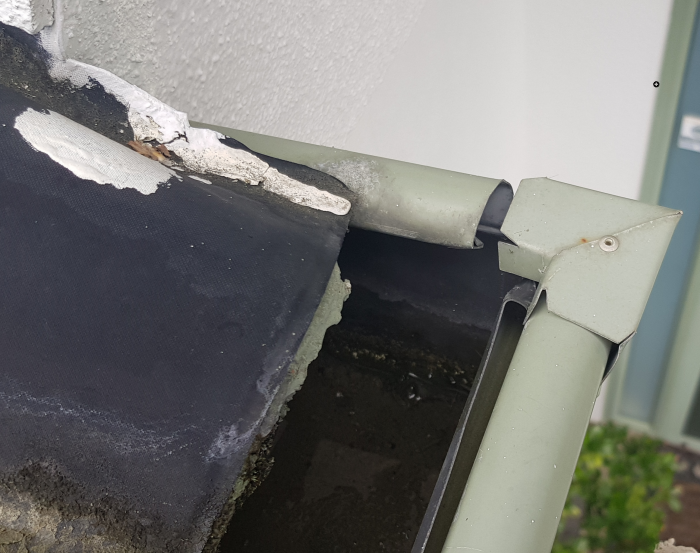
 Taylor Fascia gutter opened
Taylor Fascia gutter opened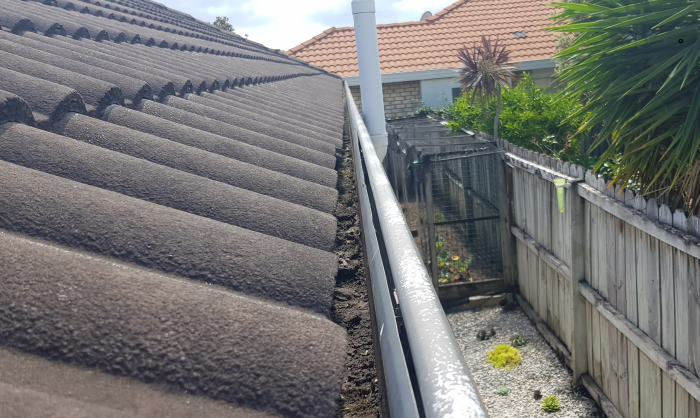
 Taylor Fascia gutter rusted out
Taylor Fascia gutter rusted out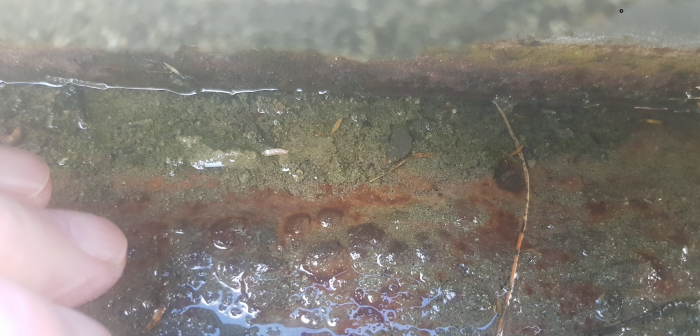
 Taylor Fascia poor installation
Taylor Fascia poor installation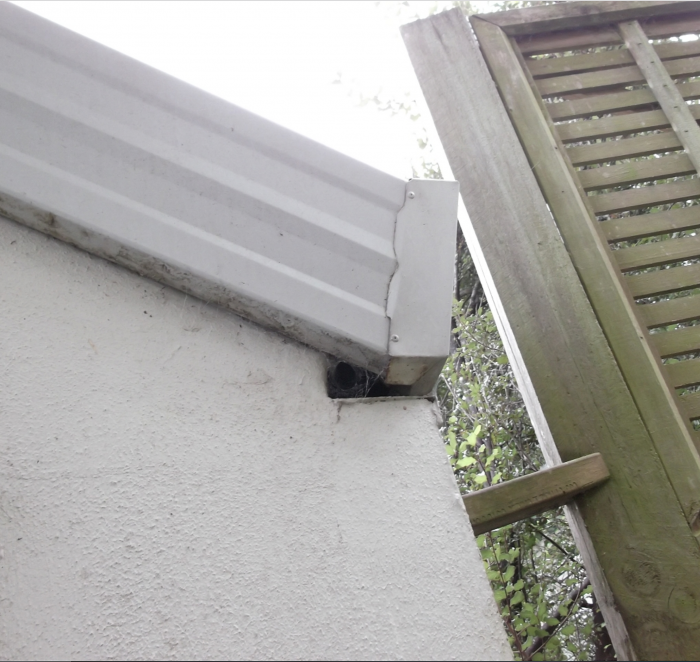
 Taylor Fascia soffit broken away from leakage
Taylor Fascia soffit broken away from leakage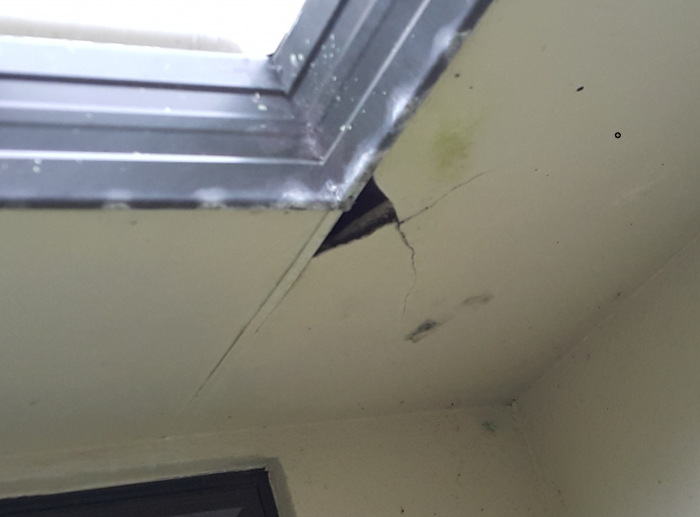
 Taylor Fascia stop end defect
Taylor Fascia stop end defect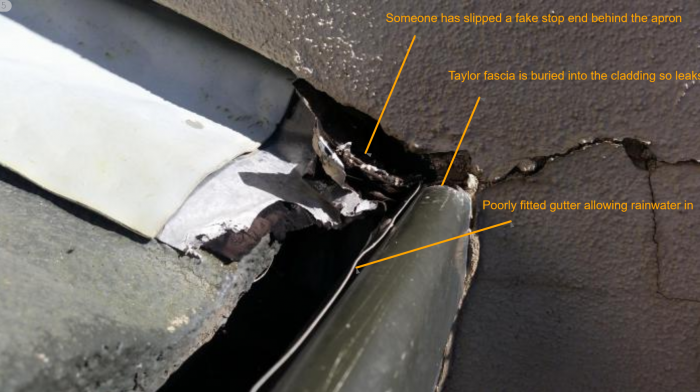
 Taylor Fascia stop end
Taylor Fascia stop end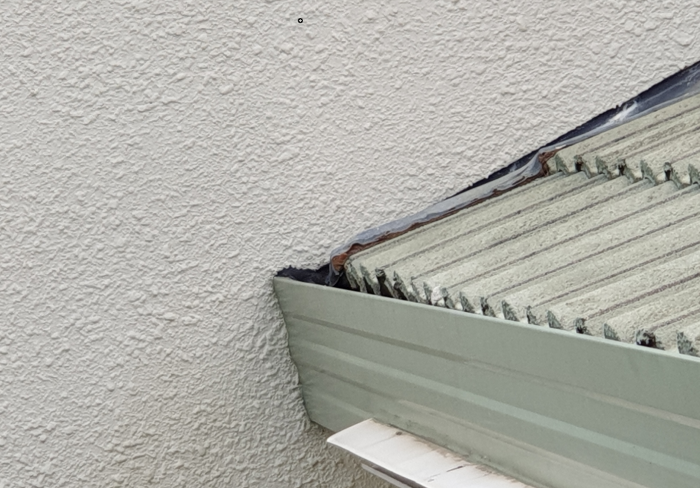
 Taylor Fascia valley issue and pooling
Taylor Fascia valley issue and pooling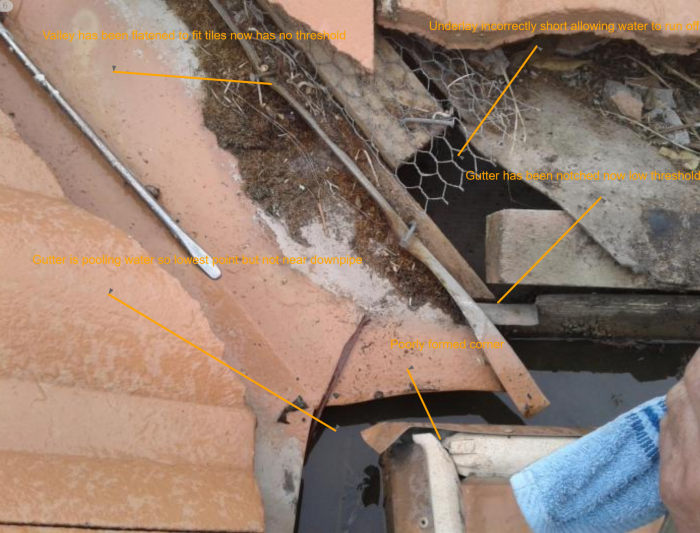
 Taylor Fascia Guttering System More Defects Folder
Taylor Fascia Guttering System More Defects Folder 001
001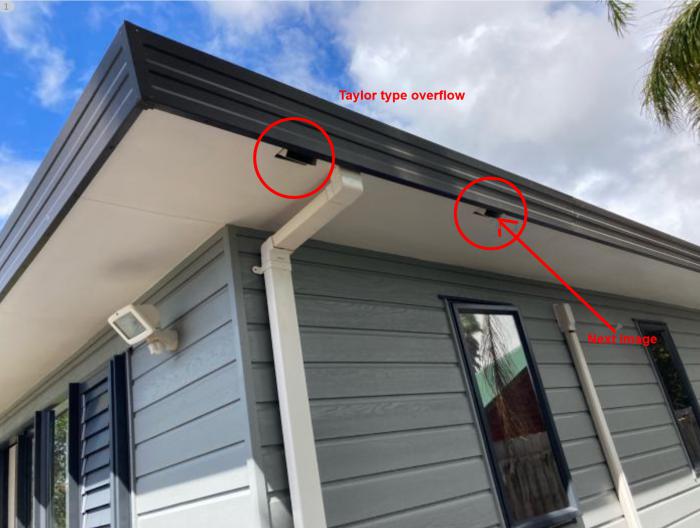
 010
010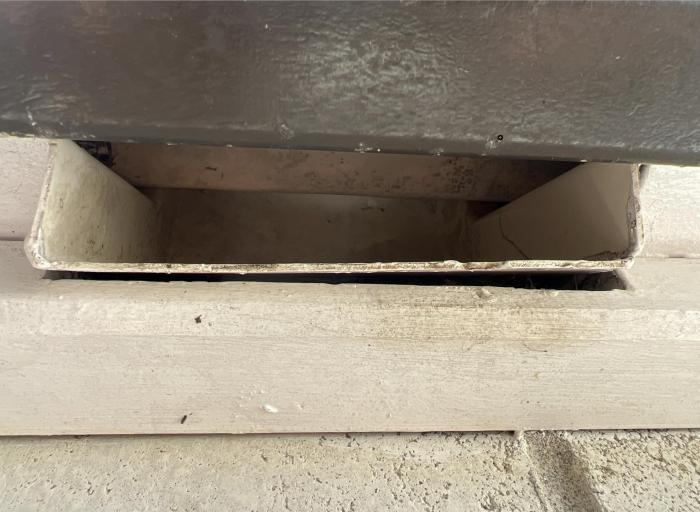
 020
020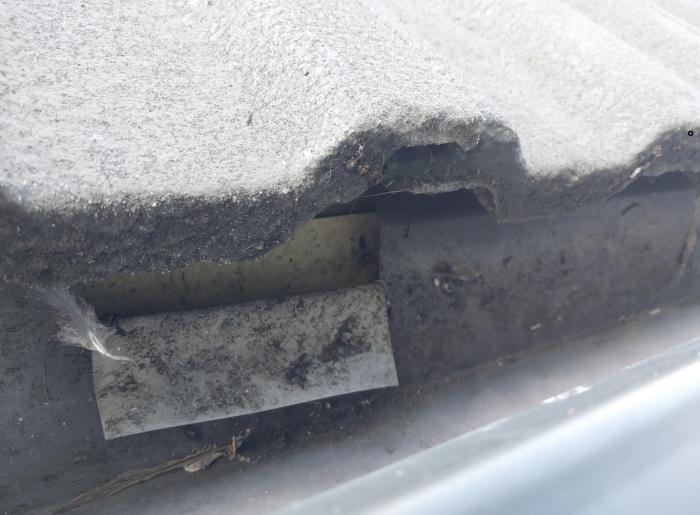
 030
030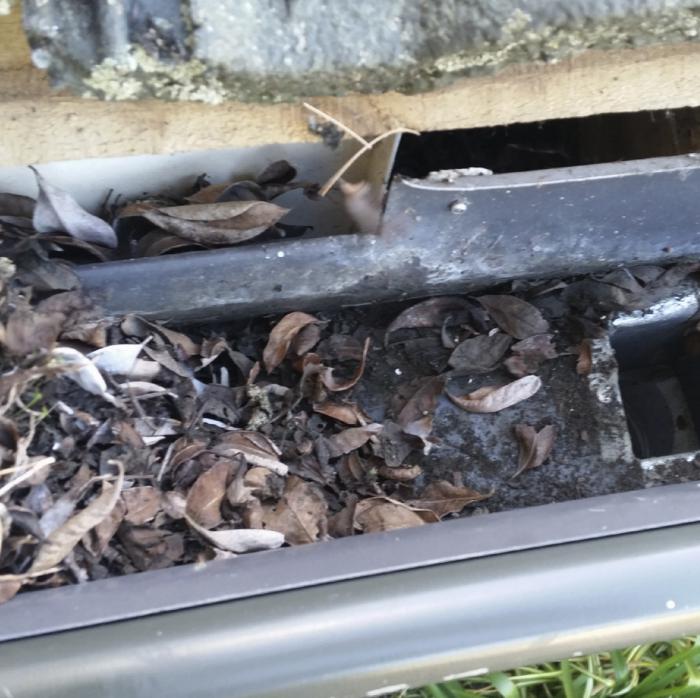
 050
050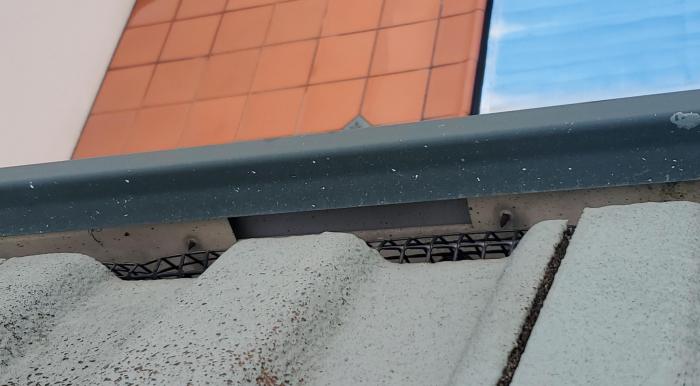
 060 20230912_162409
060 20230912_162409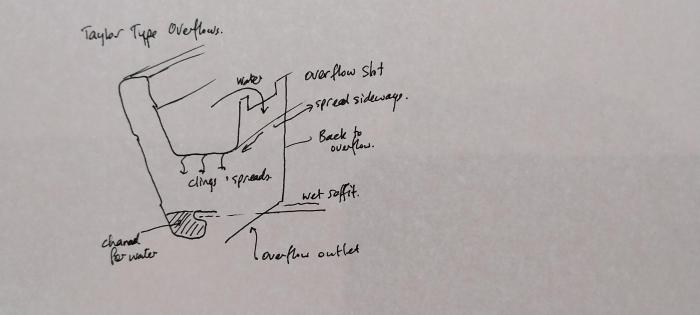
 070
070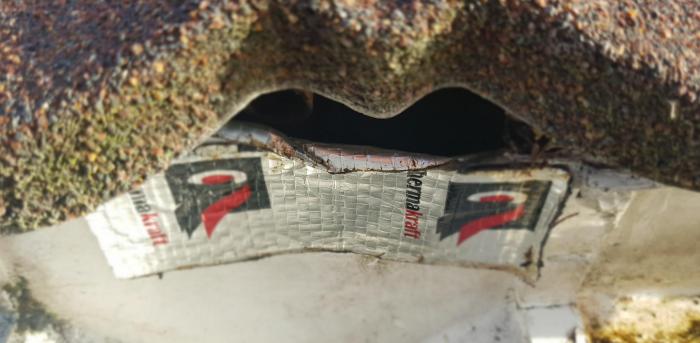
 072
072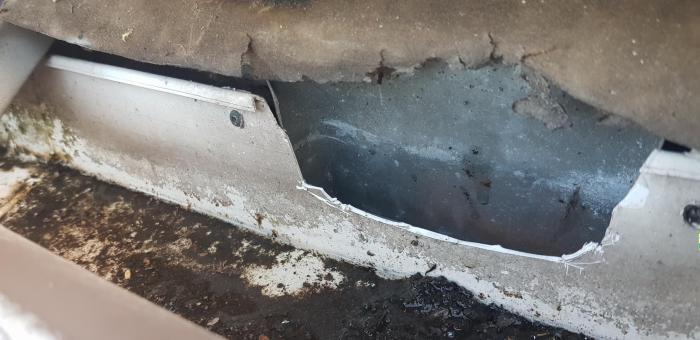
 120 20230912_134259 _SC_
120 20230912_134259 _SC_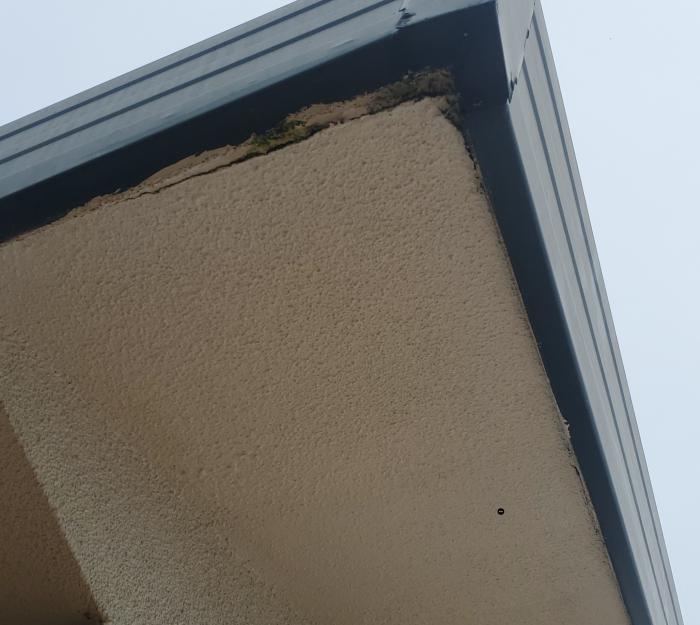
 130
130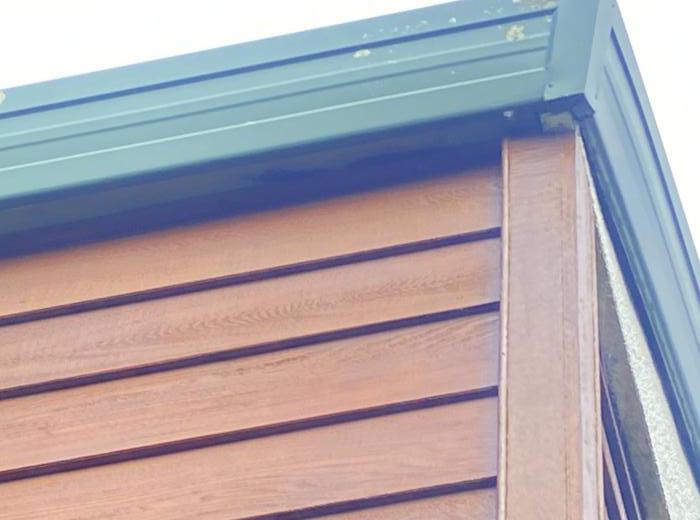
 131
131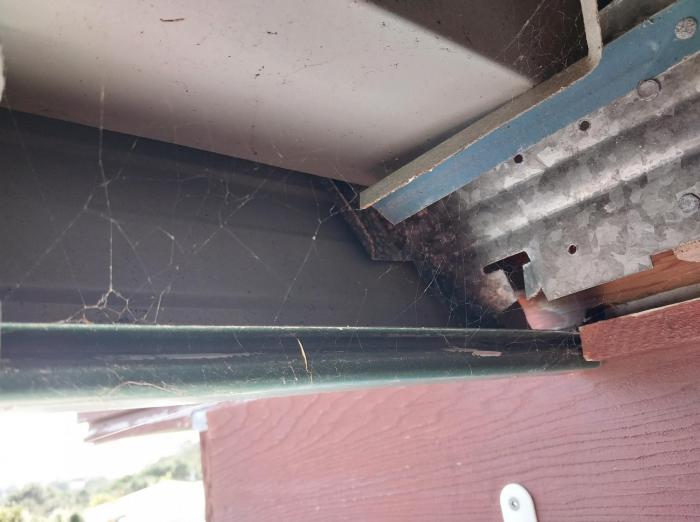
 140
140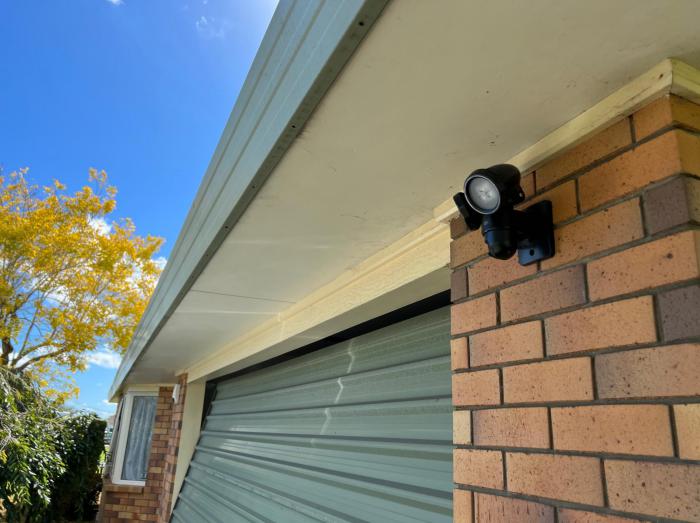
 300
300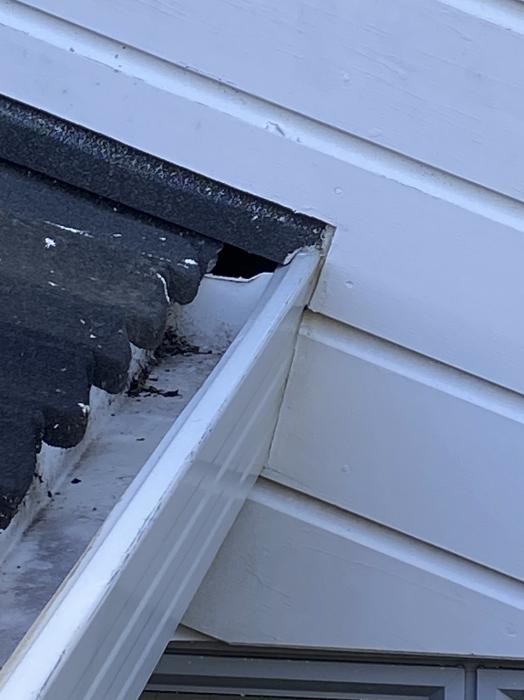
 401
401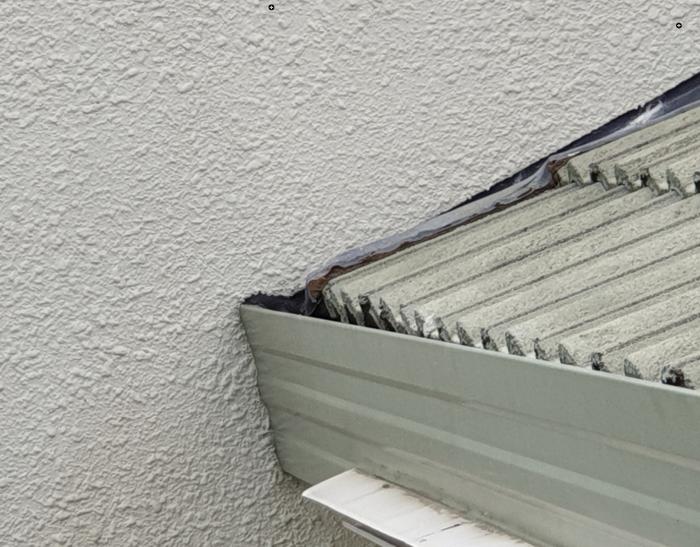
 405
405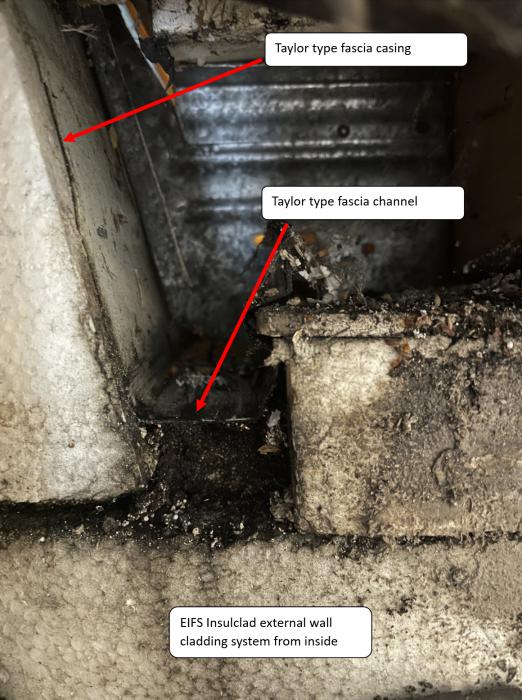
 406
406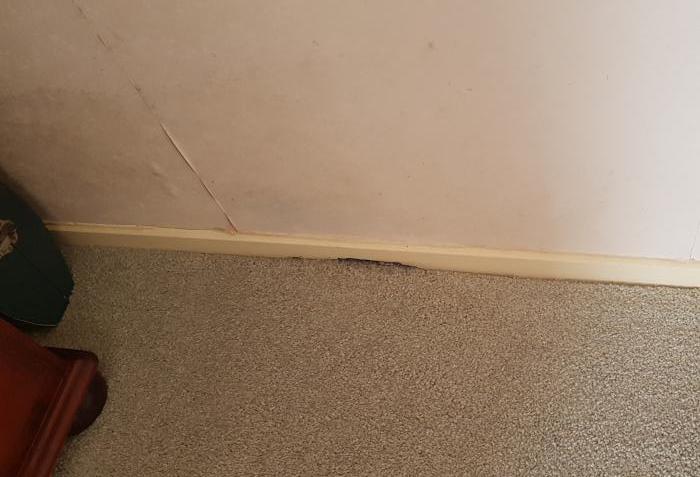
 410
410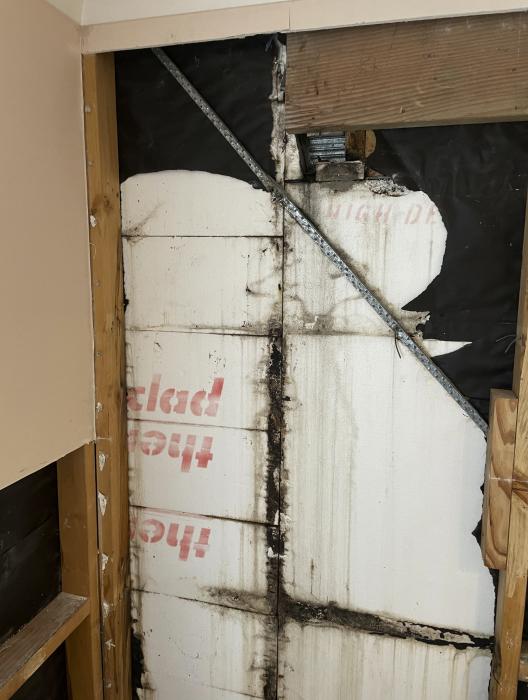
 500
500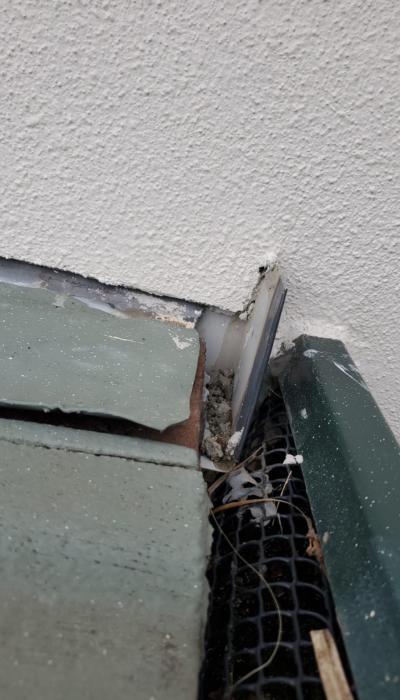
 Taylor Fascia systems with water tanks Folder
Taylor Fascia systems with water tanks Folder Taylor Fascia feeding Rainwater Tanks
Taylor Fascia feeding Rainwater Tanks